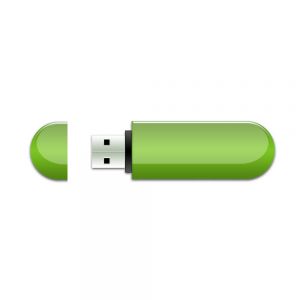 It’s 4:32 on a Friday afternoon. You’re exhausted after a week of non-stop dramas and just want to switch off you computer, go home and enjoy the weekend. Downstairs your lift club is anxiously waiting for you to join them. You’ve been reminded of this by their persistently timed missed calls every minute.
It’s 4:32 on a Friday afternoon. You’re exhausted after a week of non-stop dramas and just want to switch off you computer, go home and enjoy the weekend. Downstairs your lift club is anxiously waiting for you to join them. You’ve been reminded of this by their persistently timed missed calls every minute.
Unfortunately at 4:31 you remembered you need to copy a specific document and it’s writing to your flash disk at the pace of a snail wading through quicksand.
Now the question is – do you just rip it out of your laptop and rush downstairs before you have to hike home? Do you wait patiently for it to finish copying? Or do you follow the prescribed, correct steps to eject a USB device? After all how dangerous can it be to remove the flash drive or external hard drive without ejecting it?
When you plug a USB device into your PC, whether it’s your camera, flash drive or external hard drive, you allow it to write and read data to the device. Some data will be cached during this process.
When data is cached, it’s not immediately written to the USB device, but kept in the PC’s memory. If you remove the device before information is written or while it’s being written, your data will become corrupt.
However, Windows automatically disables caching on USB devices, unless you enable the function yourself. Therefore, in most cases, you can remove a device without clicking on ‘Safely Remove Hardware’, but only when no data is being written or read by the device. If the device is flashing and data is being copied or read, you run the risk of ending up with corrupt, unusable data.
See the ‘Safely Remove Hardware’ option as your safety net – it’s just an extra precaution to ensure you don’t damage your data. When using it, your files will close properly and all the metadata will be preserved with the file.
For more information about safe media ejection read this thorough explanation on the How to Geek website.
[SOURCE: www.howtogeek.com]

